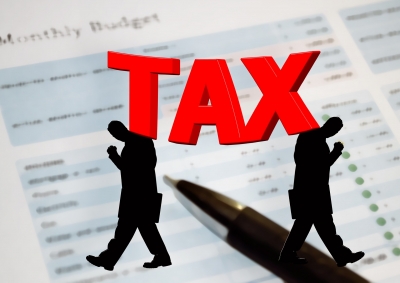
New Delhi, April 4 (IANS) With the new financial year 2023-24 having begun from April 1, several tax rule changes have come into effect.
Let’s have a look at some changes here:
The new income tax regime has become the default regime from April 1 onwards.
However, taxpayers have the option of choosing between the old and new tax regimes.
The new tax regime’s standard deduction for taxable income exceeding Rs 15.5 lakh is Rs 52,500.
Tax rebate limit has been raised to Rs 7 lakh. Raising the tax rebate limit to Rs 7 lakh from Rs 5 lakh means that the person whose income is less than Rs 7 lakh, need not invest anything to claim exemptions and the entire income would be tax-free irrespective of the quantum of investment made by such an individual.
However, there’s no change in standard deduction of Rs 50,000 provided to employees under the old tax regime.
Changes effected in the new tax regime are: Rs 0-3 lakh – nil. Rs 3-6 lakh – 5 per cent. Rs 6-9 lakh – 10 per cent. Rs 9-12 lakh – 15 per cent. Rs 12-15 lakh – 20 per cent. More than Rs 15 lakh – 30 per cent.
The leave encashment for non government employees has been exempted up to a certain limit. This limit was Rs 3 lakh since 2002, which now has been raised to Rs 25 lakh.
From April 1, investments in debt mutual funds have become taxable. They will be taxed as short-term capital gains now.
This would mean that investors won’t be able to avail long-term tax gain benefits from these types of investments.
Even investment in Market Linked Debentures (MLDs) from April 1 onwards have become short term capital assets.
Proceeds from life insurance premium over the annual premium of Rs 5 lakh have become taxable from April 1 onwards.
The maximum deposit limit for senior citizen savings schemes has been increased to Rs 30 lakh from Rs 15 lakh from 2023-24 onwards.
The maximum deposit limit for monthly income schemes has also been increased to Rs 9 lakh from Rs 4.5 lakh for single accounts, and Rs 15 lakh from Rs 7.5 lakh for joint accounts.
–IANS
ans/dpb










